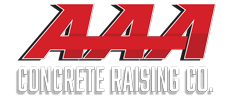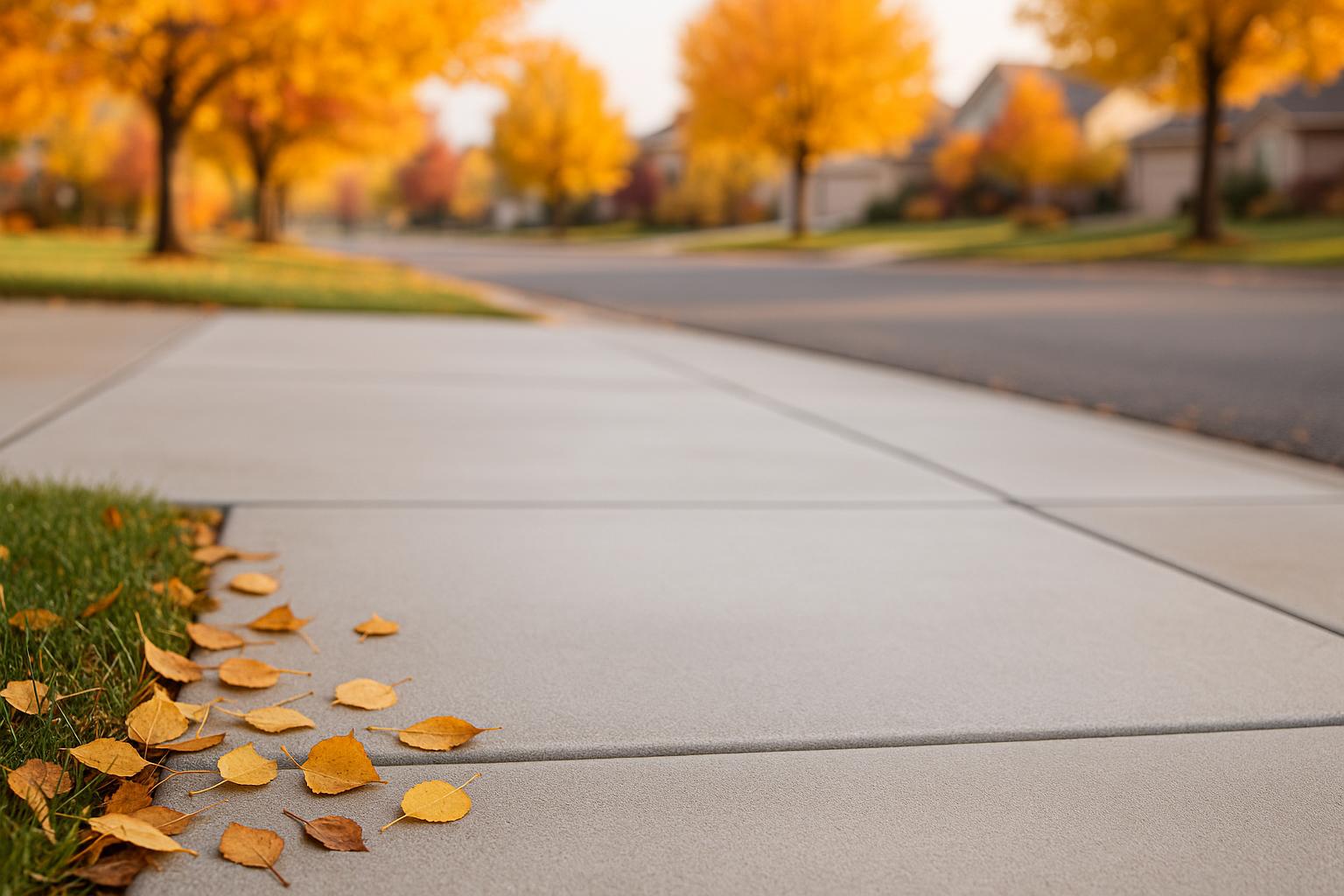Concrete settling and shifting can lead to uneven surfaces that pose safety hazards and diminish the aesthetic appeal of properties. Mudjacking, also known as slab jacking, is a highly effective method for lifting and leveling sunken concrete. This technique is particularly beneficial in Denver, CO, where the soil conditions and climate can cause significant concrete movement. This article provides a comprehensive explanation of the mudjacking process and highlights its advantages for homeowners and businesses in Denver.
Understanding Mudjacking
Mudjacking is a process used to raise sunken concrete slabs by injecting a mixture of water, soil, sand, and cement (the “mud”) beneath the slab. This mixture fills voids and stabilizes the soil, lifting the concrete back to its original level.
The process involves several key steps:
Assessment and Preparation
The first step in mudjacking is a thorough assessment of the concrete surface and the underlying cause of the sinking. Professional contractors, like those at AAA Concrete Raising, evaluate the extent of the damage and determine the best approach for the project. Preparation includes marking the areas where holes will be drilled and ensuring that all necessary equipment and materials are on-site.
Drilling Injection Holes
Small, strategically placed holes (about 1-2 inches in diameter) are drilled into the sunken concrete slab. The number and placement of these holes depend on the size and extent of the area needing repair. These holes provide access points for the slurry mixture to be injected beneath the slab.
Pumping the Slurry Mixture
A hydraulic pump is used to inject the slurry mixture through the holes and under the concrete slab. As the mixture is pumped in, it fills the voids and exerts pressure on the slab, gradually lifting it back to its original position. The technician carefully monitors the process to ensure even lifting and avoid overfilling, which could cause the slab to crack.
Filling and Patching
Once the concrete slab has been lifted to the desired level, the injection holes are filled with a patching material that matches the existing concrete. This step restores the appearance of the surface and prevents any further damage or shifting. The patched areas are smoothed out to blend seamlessly with the surrounding concrete.
Curing and Cleanup
The final step in the mudjacking process is allowing the slurry mixture to cure and harden. This typically takes a few hours, during which time the area is cleaned up and any equipment or debris is removed. Once the mixture has fully cured, the concrete surface is ready for use.
Advantages of Mudjacking
Mudjacking offers several advantages, making it a preferred method for concrete lifting and leveling in Denver.
Cost-Effective Solution
Mudjacking is generally more affordable than replacing concrete slabs. The cost savings come from reduced labor, material expenses, and shorter project timelines. This makes it an attractive option for homeowners and businesses looking to address concrete issues without a significant financial investment.
Minimal Disruption
The mudjacking process is relatively quick and non-invasive. Most projects can be completed in a few hours, minimizing disruption to the property and daily activities. Additionally, the small size of the injection holes means less damage to the existing concrete, preserving its appearance.
Long-Lasting Results
Mudjacking provides durable and long-lasting results. The slurry mixture used in the process compacts the soil beneath the slab, preventing future settling and ensuring a stable foundation. With proper maintenance and care, mudjacked concrete can remain level and secure for many years.
Eco-Friendly Method
Mudjacking is an environmentally friendly option for concrete repair. The materials used in the slurry mixture are natural and non-toxic, reducing the environmental impact. Additionally, reusing existing concrete slabs eliminates the need for new materials and reduces construction waste.
Versatility
Mudjacking can be used to lift and level a wide range of concrete surfaces, including driveways, sidewalks, patios, garage floors, and basement floors. This versatility makes it a valuable solution for various residential and commercial applications.
Enhanced Safety
Uneven concrete surfaces can pose significant safety hazards, leading to trips, falls, and other accidents. By leveling these surfaces, mudjacking improves safety and reduces the risk of injuries. This is especially important for high-traffic areas in both residential and commercial settings.
Choosing a Professional Mudjacking Service
To achieve the best results, it is essential to hire a professional and experienced mudjacking service. AAA Concrete Raising in Denver offers expert mudjacking services, ensuring high-quality workmanship and customer satisfaction.
When selecting a mudjacking contractor, consider the following factors:
Experience: Choose a company with a proven track record in mudjacking and concrete repair.
References and Reviews: Look for testimonials and reviews from previous clients to gauge the quality of service.
Warranty: Ensure the contractor offers a warranty on their work, providing peace of mind and protection against future issues.
Free Estimates: Opt for a service that provides free estimates and transparent pricing, allowing you to make an informed decision.
Understanding the mudjacking process and its advantages can help you make an informed decision when addressing concrete issues. By choosing a professional service like AAA Concrete Raising, you can ensure that your concrete surfaces are restored to their original condition efficiently and effectively. Mudjacking is a cost-effective, durable, and eco-friendly solution that enhances the safety and appearance of your property.






